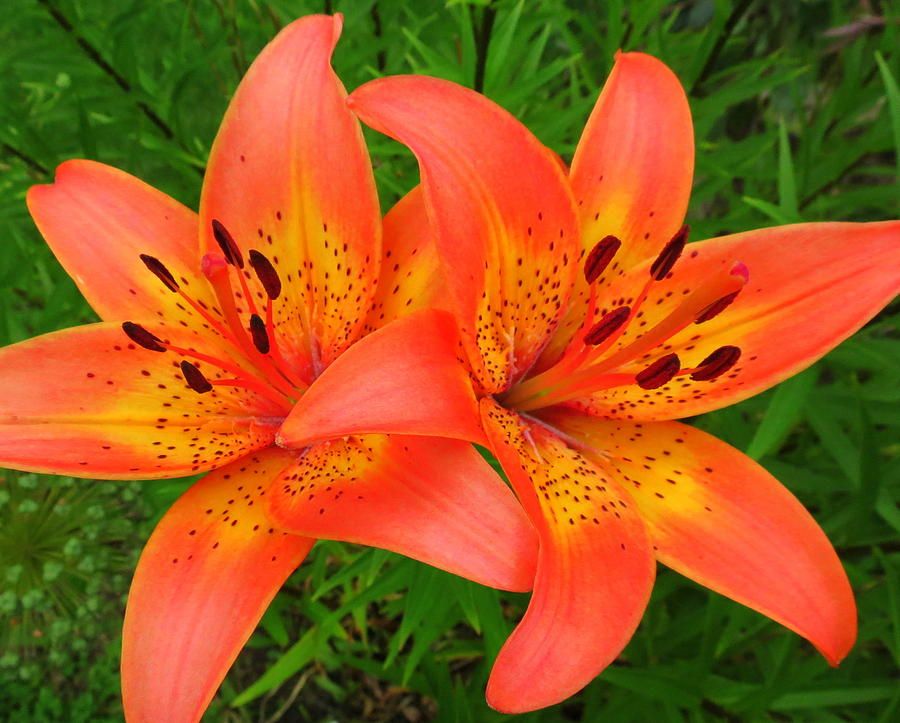Everyone knows about such common crops as potatoes, beans, rice, etc. But do you know anything about the beneficial properties of mallow or a physalis of all things? These are the cultures that you probably haven’t even heard of. Here are 12 unusual edible crops that you may want to try.
1. Candy tree
Candy trees are popular in Japan, China, and the Himalayas. The fruit of this tree tastes like raisins and literally melts in your mouth. They are also called “Japanese raisins”. Recent studies have shown that Japanese raisin extract lowers blood pressure and can be used to create products for diabetics.

2. Chinese Artichokes
Artichokes are low-calorie vegetables with a high content of starch, sugar, and minerals, making them an excellent source of energy.

3. Indian potatoes
Indian potatoes grow up to 15 cm tall, can be cultivated on mountain slopes and ridges, mainly in gravelly and sandy soils. Roots have a pleasant taste but the peel is a little bitter.

4. Prickly pears
Cactus fruits have an elongated oval shape, they are covered with a thick yellow, purple or red colored shell. There are many small sharp needles on the outside, so they require careful handling. They can be eaten raw in combination with various fruits, used as a dessert.

5. Yams
There are many varieties of yams that are common in different regions of the world: Africa, China, Southeast Asia, and South America. All of them reduce the risk of cardiovascular diseases. Yams have a high content of fiber, potassium, manganese, vitamins C and B6.

6. Tiger Lily
Often bred as an ornamental plant. In the east, it is grown for food purposes. The lily bulb is edible, it is also used in Chinese traditional medicine, in particular, for the treatment of bronchitis.

7. Mallow
Mallow leaves have a very mild flavor that can serve as an excellent addition to salads. Its leaves can also be used as an anti-inflammatory agent.

8. Physalis
Physalis is a tomato-related culture. The fruits are rich in vitamins A, C, and E. Even though they do not have lycopene found in tomatoes, they contain withanolides, which have anti-cancer, anti-inflammatory, and analgesic properties.

9. Ginkgo Tree
A deciduous tree straight from China. In the fall it blesses us with plum-like fruits with sharp, unpleasant smell, but the inside of the fruit is considered a delicacy in China. Gingko fruits have many useful properties: they improve memory and concentration among other things.

10. Morama Beans
Morama grows in sandy, arid or semi-arid areas. After being roasted, it becomes a cashew nut. The nutritional value of seeds is equal to peanuts and soybeans.

11. Peanuts
Peanut bushes grow up to 1.2 m, and belong to the legume family, so the name “peanut” is not entirely correct. Peanuts taste good after roasting, as they are high in protein and fat. You can eat raw, but it is quite difficult to chew.

12. Chilean Araucaria
An evergreen tree originally from Chile. It takes about 100 years to fully grow and develop but can live up to 1000 years. The seeds the size of almonds can be eaten raw, boiled or used in baking.

